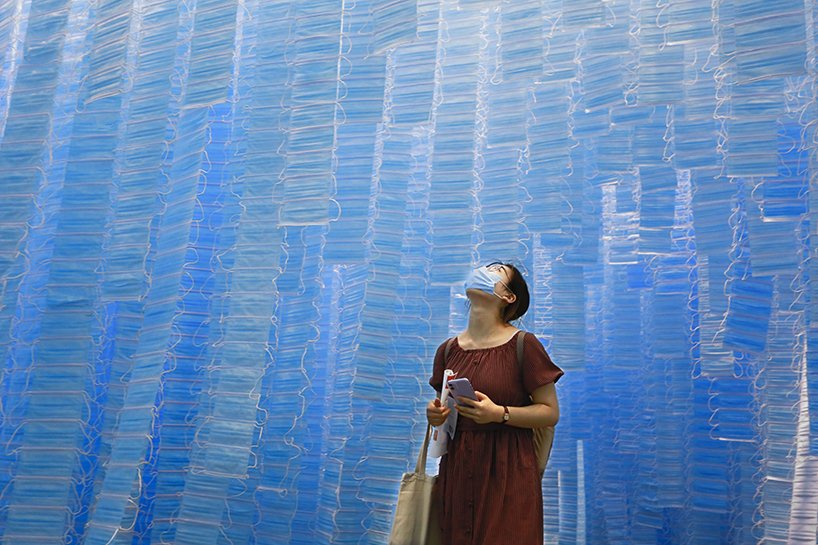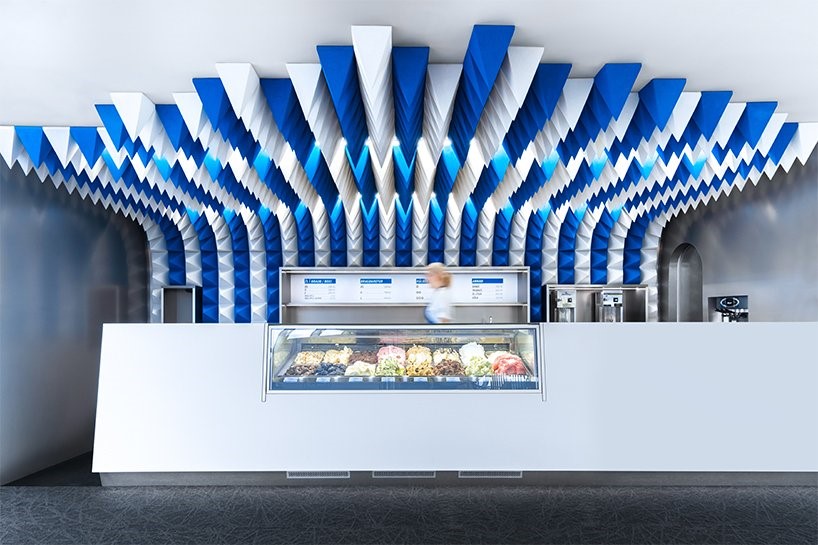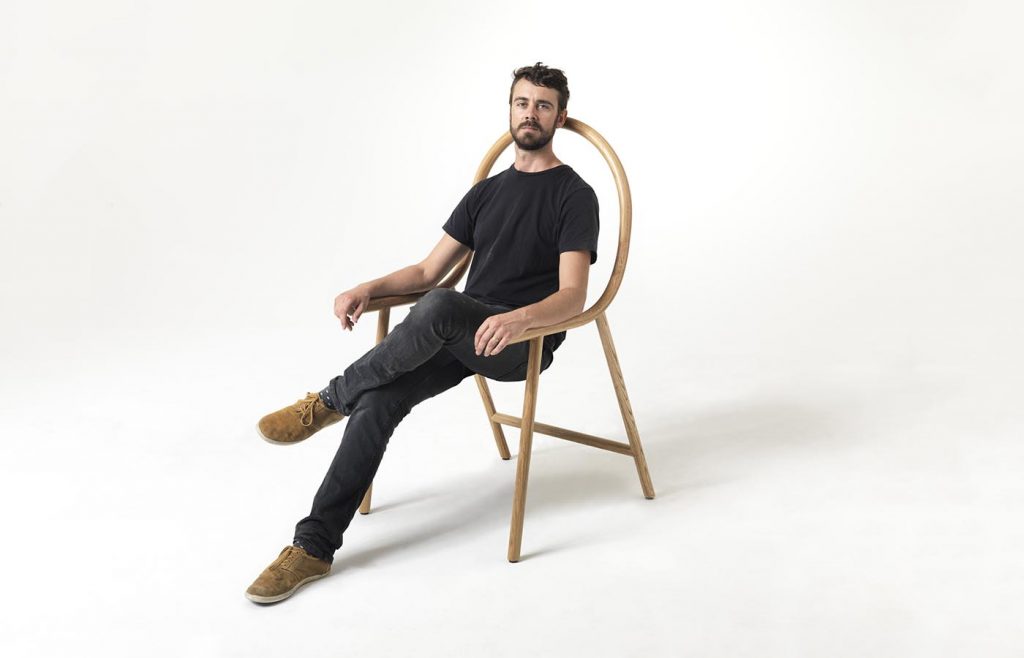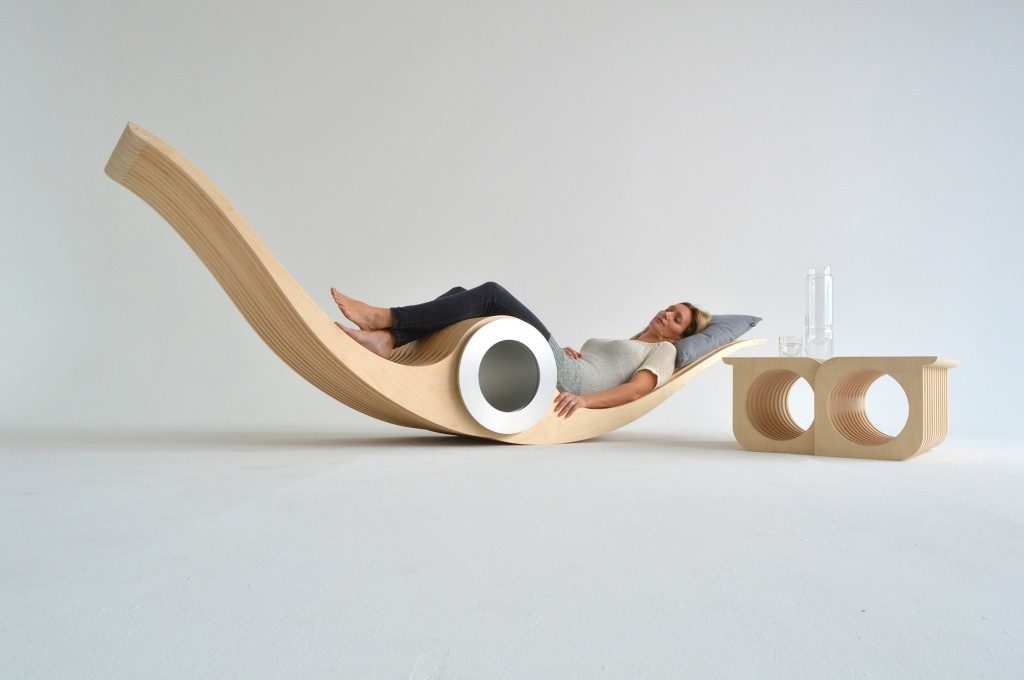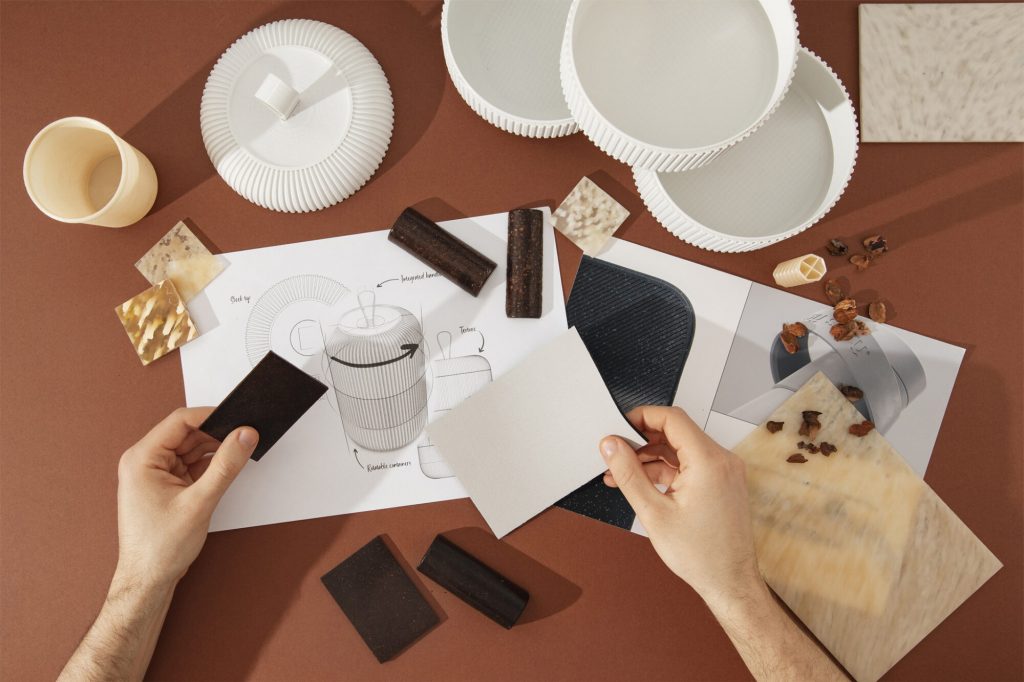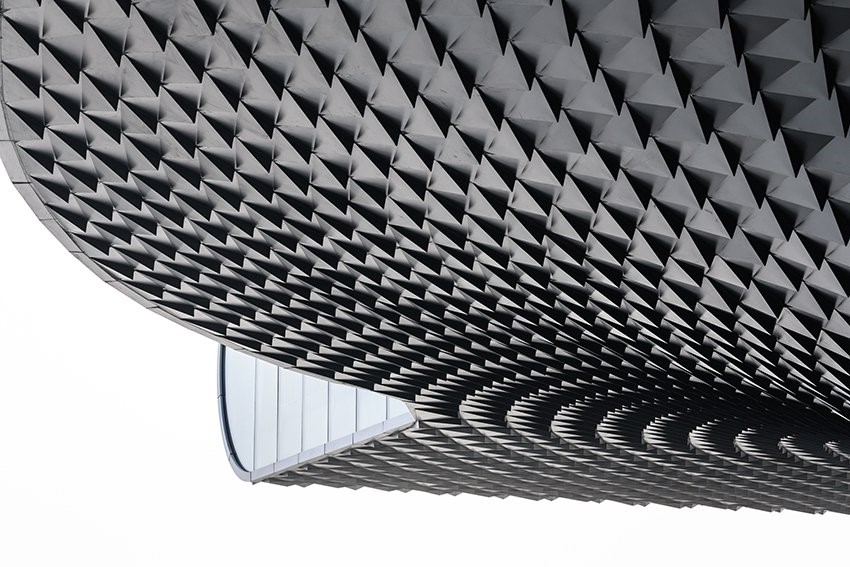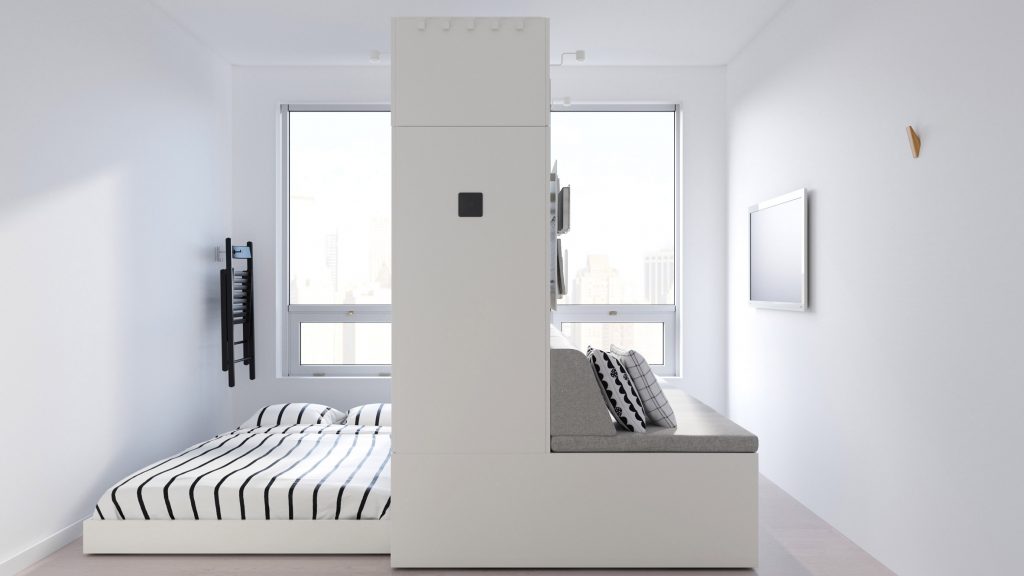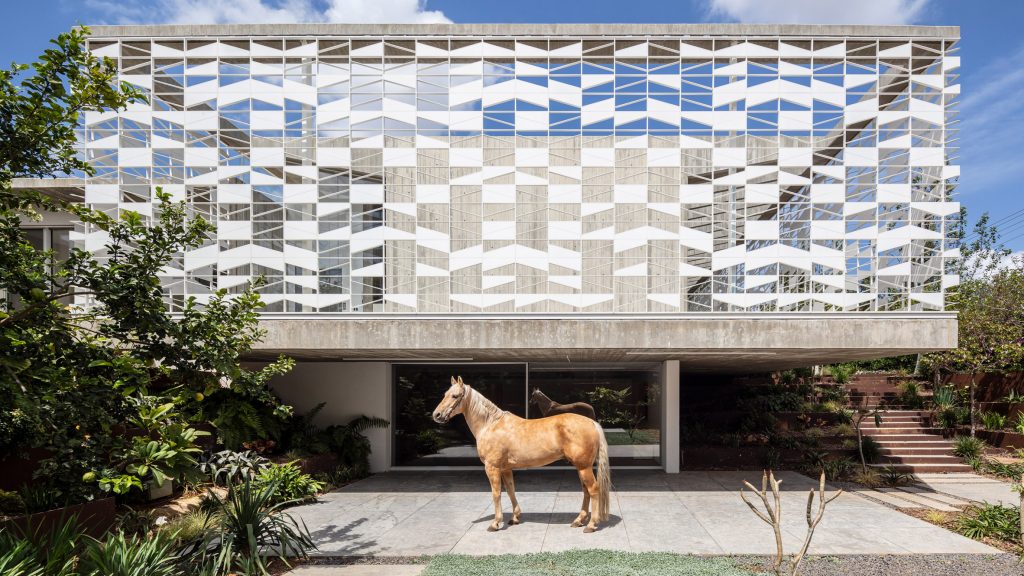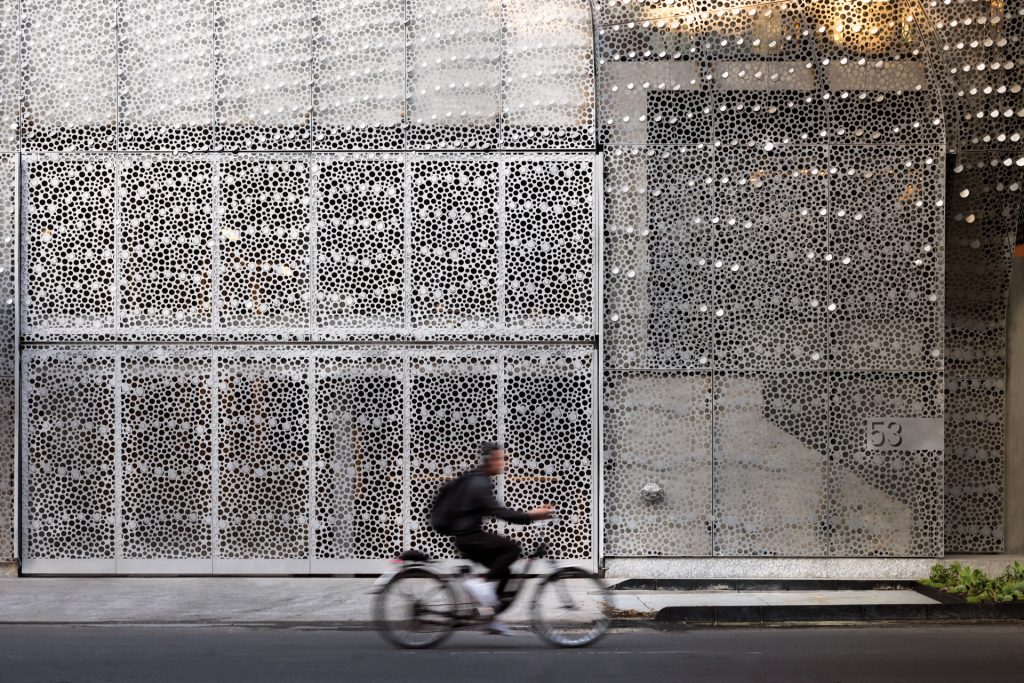Influenced by the impact of the global pandemic, designers and artists all over the world create interactive art installations that make the audience experience the connection during a time of social isolation. Serving as a memorial to everyone affected by the crisis, these projects encourage us to reignite meaningful connections and stay together to resist the virus, even in the era of social distancing.
